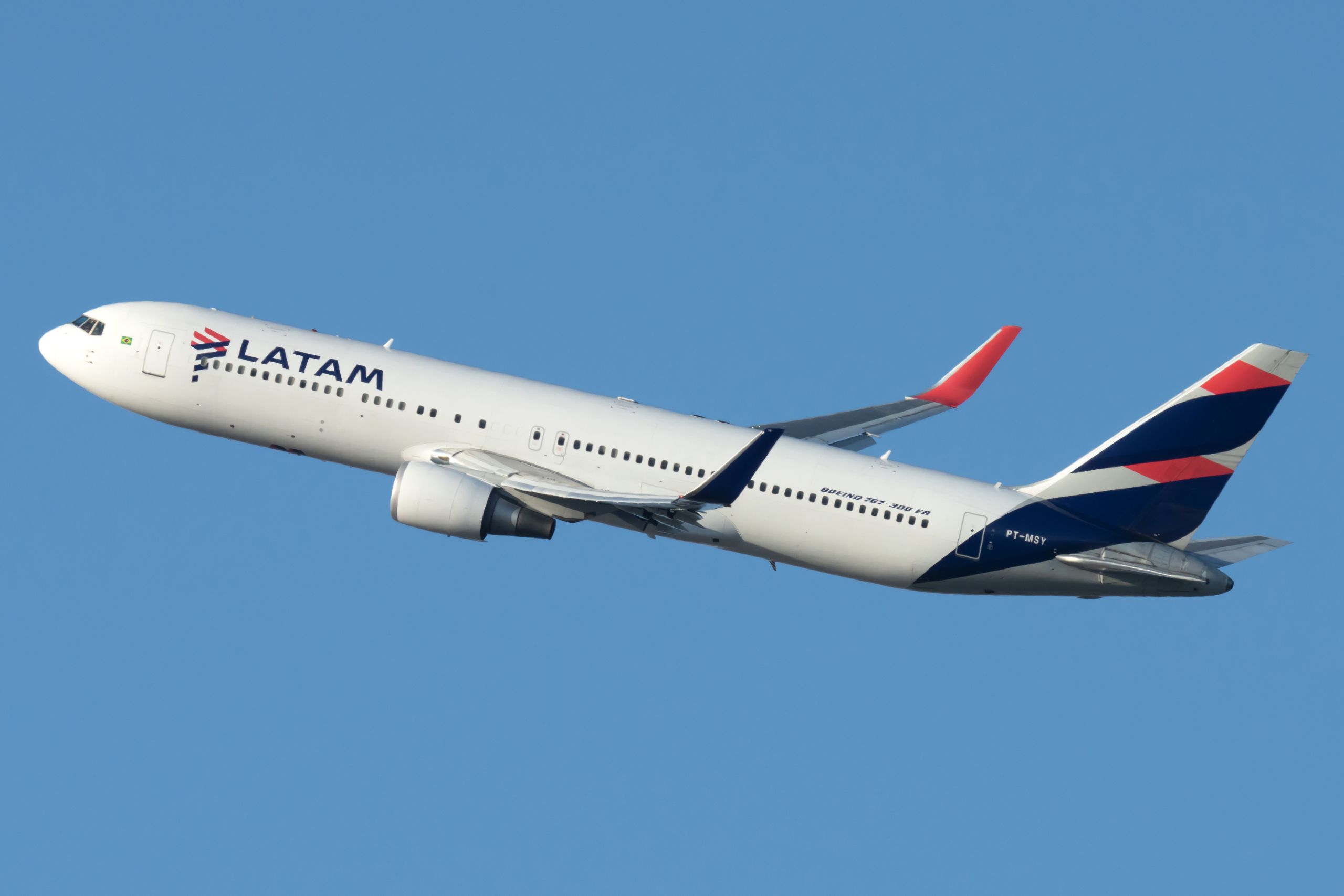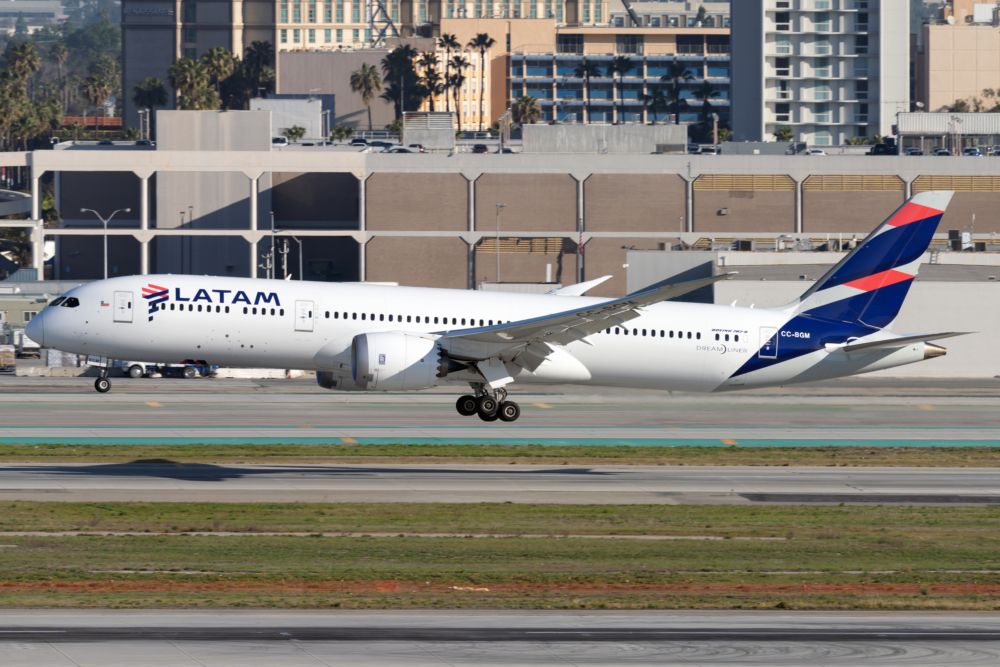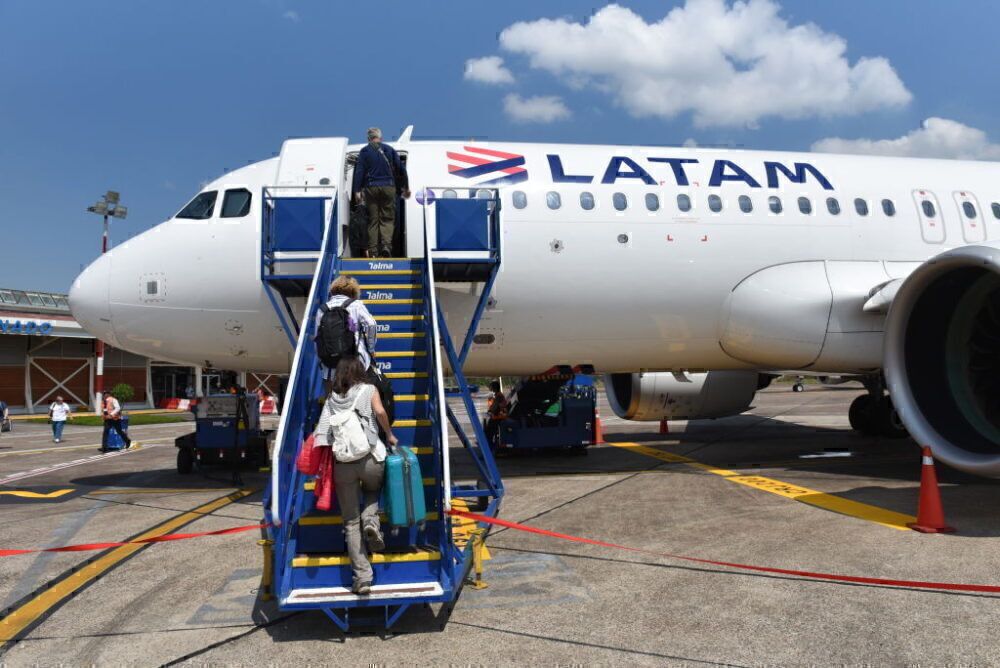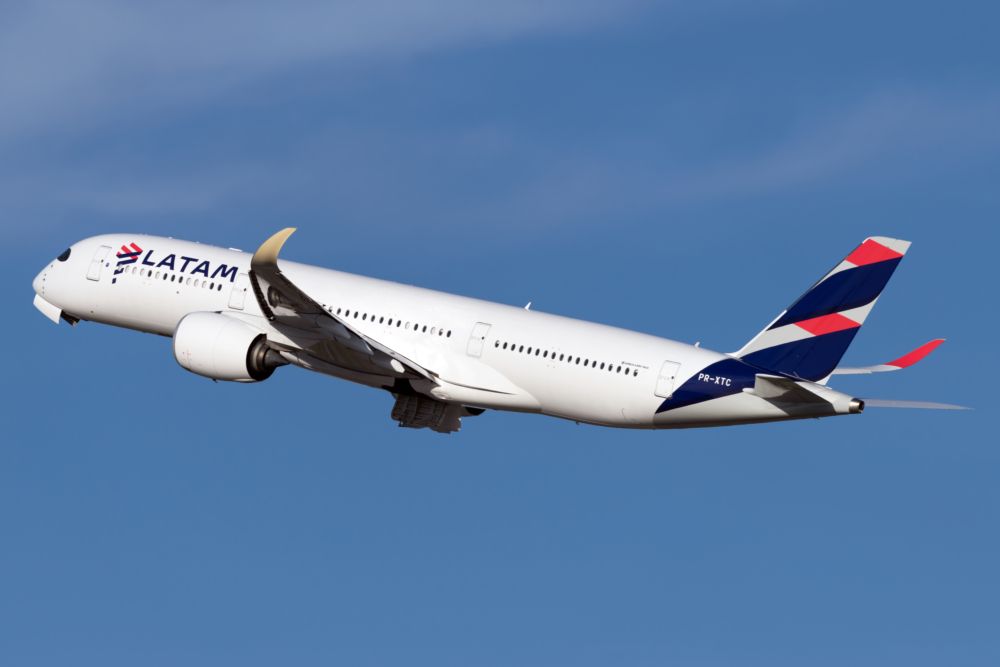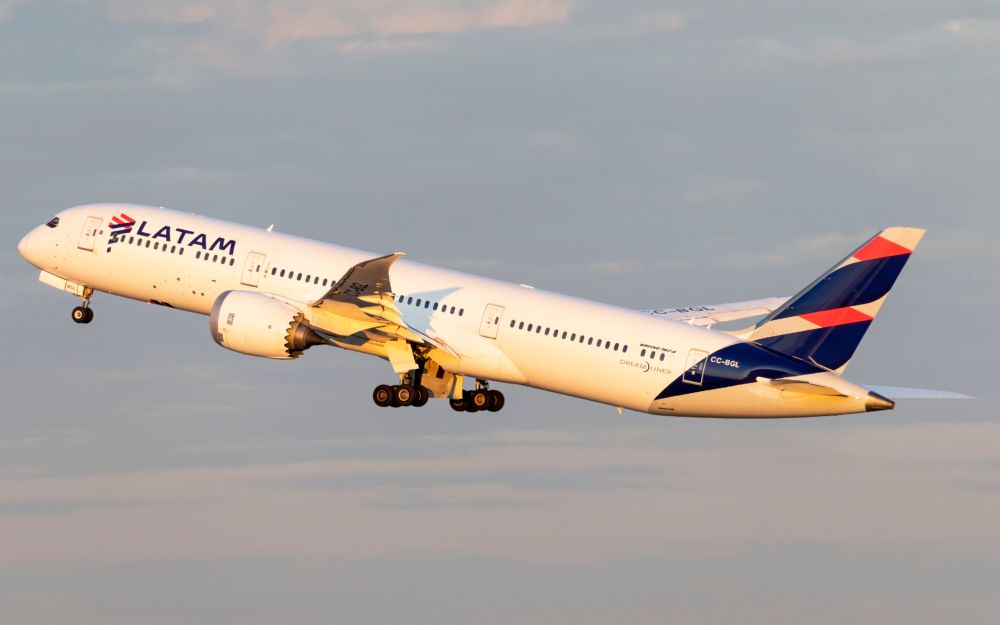LATAM is preparing to exit Chapter 11 bankruptcy. On Thursday, the airline announced it has received over $5 billion in financing offers to exit bankruptcy. Alongside this announcement, the airline also released its five-year business plan in which it outlines a slower rebound of international travel, a quicker rebound of short-haul domestic and regional travel, and plans to become a stronger carrier.
LATAM reveals financing offers
LATAM has received over $5 billion in offers for funding to exit bankruptcy. In connection with its Chapter 11 Process, LATAM provided an indicative proposed structure for its reorganization, seeking approximately $5 billion of equity financing.
LATAM has received offers for financing from "its most significant claim holders and its majority shareholders." The carrier's largest shareholders include the US giant Delta Air Lines (20%), the Cueto Group (16.4%), and Qatar Airways (10%), according to the airline. Other shareholders have 34.4% ownership in LATAM.
LATAM's business plan highlights
The airline has also released its five-year projections for coming out of bankruptcy. This includes capacity guidance. The airline forecasts a return to pre-pandemic capacity, measured in available seat kilometers, by 2024. It expects to reach a growth of 7% compared to 2019-levels of capacity by 2026.
In the breakdown by market, LATAM expects a recovery of domestic markets in 2022 and international routes by 2024. LATAM's Brazil entity is doing quite well on the domestic side, with a 77% recovery in August. In early 2022, the airline expects Brazil to cross 100% of 2019 capacity levels.
In other markets, including Peru, Ecuador, Colombia, and Chile, the airline has already reached a 72% recovery in August, and it continues to progress. International recovery, however, remains hampered by travel restrictions.
The carrier expects a permanent structural reduction in business travel of roughly 15%. Although, it expects this to be offset by an approximately 12% improvement in US long-haul routes driven by the joint venture agreement with Delta. Come 2026, including demand associated with the Delta joint venture, the airline expects to recover to 105% of 2019 revenue passenger kilometer levels.
Total revenues are expected to increase 13% by 2026. Passenger revenues are expected to grow by 8% and cargo revenues are expected to increase a whopping 59% compared to 2019. This leads LATAM to project an operating margin (EBIT) of 11.2% in 2026, the highest for the airline since 2010.
LATAM Airlines CEO, Roberto Alvo, stated the following:
“Despite the dramatic crisis we have faced, we have taken full advantage of our restructuring, not only by becoming substantially more efficient, but also by cementing a better value proposition for customers, all of which has been reaffirmed by the significant interest we have received in providing exit financing. We will emerge from this process as a highly competitive and sustainable group of airlines, with a very efficient cost structure, all the while maintaining the unparalleled network and connectivity that LATAM offers in all the markets it serves."
LATAM's fleet changes
Heading into the crisis, the airline had 340 aircraft in its fleet. The airline has now brought it down to 286 aircraft with the complete withdrawal of the Airbus A350 fleet. In Brazil, the airline has consolidated its widebody operations around the Boeing 777 and 787 families.
There is a lot of flexibility in LATAM's fleet. It has negotiated amendments in fleet operating leases, which has led to increased power-by-the-hour leases based on aircraft usage and interest-only agreements. This covers roughly 60% of the airline's narrowbody fleet until 2022 and 50% of the airline's widebody fleet until 2023.
Further flexibility regarding fleet and cash flow can come with accelerating retirements of fleet types, if necessary. The airline also has limited further widebody commitments, which works in its favor as it projects a slower return of international long-haul travel.
The airline is expected to continue drawing down Boeing 767 aircraft in favor of the newer Boeing 787s. By the end of 2021, the airline is expecting to fly 10 Boeing 777s and 28 Boeing 787s, in addition to the 24 Boeing 767s.
What do you make of LATAM's recovery timelines and plans? Let us know in the comments!

